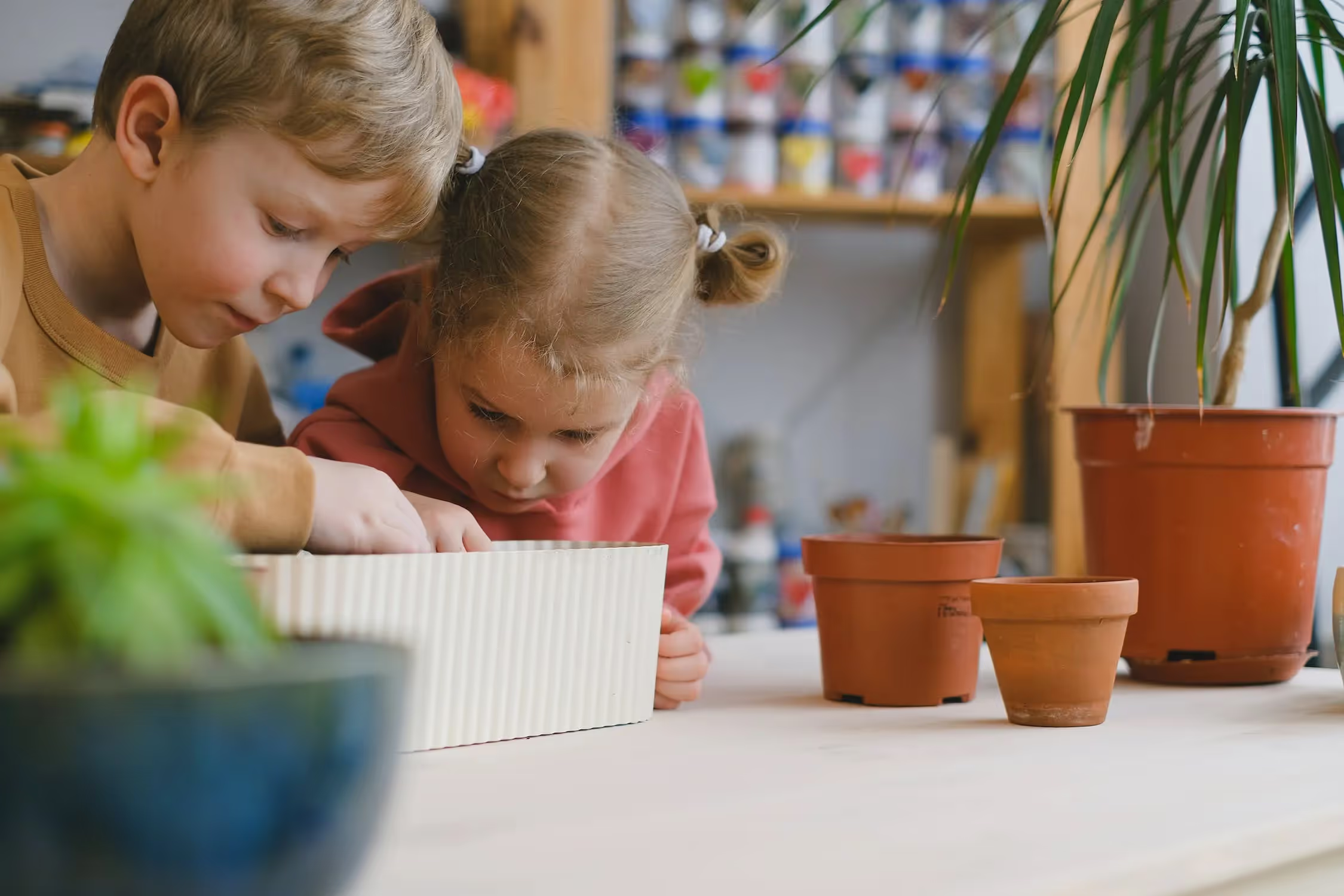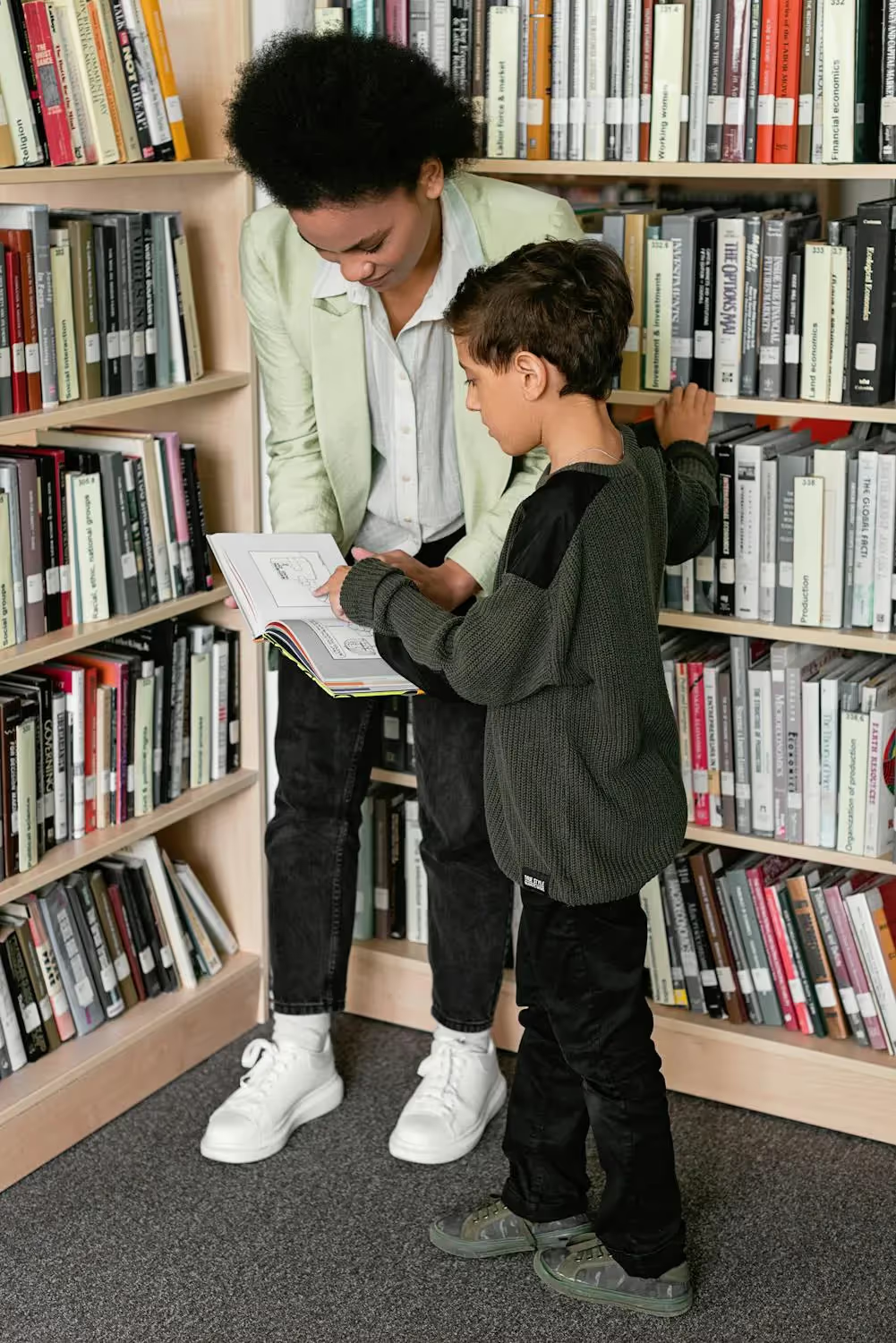The Developing Mind: Key Concepts in Child and Adolescent Psychology
Welcome to the fascinating world of child and adolescent psychology, a field that opens doors to understanding how our brains grow, develop, and adapt during our formative years. Whether you're considering specializing in this field of study or simply intrigued by what makes us tick, this blog post will cover some of the key concepts that shape young minds.
A Quick Introduction to Child and Adolescent Psychology
Child and adolescent psychology is a specialized subset of psychology focusing on the development of individuals from infancy through adolescence. This field incorporates aspects of various other disciplines, including developmental psychology, biological psychology, and social psychology. Experts in this field study children’s physical, cognitive, emotional, and social development.
Piaget's Stages of Cognitive Development: From Infancy to Adolescence
When discussing child psychology, it's impossible not to mention Jean Piaget's Stages of Cognitive Development, a foundational theory in child psychology. Piaget argued that children go through four distinct stages of cognitive development: sensorimotor, preoperational, concrete operational, and formal operational. Each stage presents its own cognitive challenges and developmental milestones. Understanding these stages proves critical to developing effective learning strategies for children at different ages.
Erikson’s Psychosocial Stages: The Search for Identity
Building from Freud's psychosexual theories, Erik Erikson advanced the field further by extending developmental stages into adolescence and beyond. Erikson's Psychosocial Stages chart the social and emotional challenges people face throughout their life. Specifically, during adolescence, he argued, identity versus role confusion becomes the central crisis. Understanding this helps to grasp the struggles adolescents face as they forge their identities.
Attachment Theory: The Role of Early Relationships
Attachment theory, spearheaded by John Bowlby and further developed by Mary Ainsworth, underscores the importance of early relationships and their effect on an individual’s behavior and mental health. The theory proposes that children have an inherent need to develop a close relationship with one main attachment figure, typically a parent. The nature of this attachment can shape the individual’s future relationships and emotional health.
Adolescent Brain Development: Changes and Challenges
The human brain doesn't finish developing until well into one's 20s, but a significant part of its development takes place during adolescence. This stage sees the maturation of the prefrontal cortex, responsible for decision making and impulse control, and the increased influence of the brain's reward system. Navigating these changes often leads to teens exhibiting risk-taking behaviors and heightened sensitivity to peer approval.
Conclusion: The Ever-Evolving Field of Child and Adolescent Psychology
Exploring the key concepts of child and adolescent psychology sheds light on the intricate processes behind human development. Understanding these theories provides critical insights into how individuals mature and adapt, helping educators, parents, and healthcare professionals best support children and adolescents through their formative years. The field of child and adolescent psychology continues to evolve and expand, embodying the constant development it seeks to understand.
















.svg)



